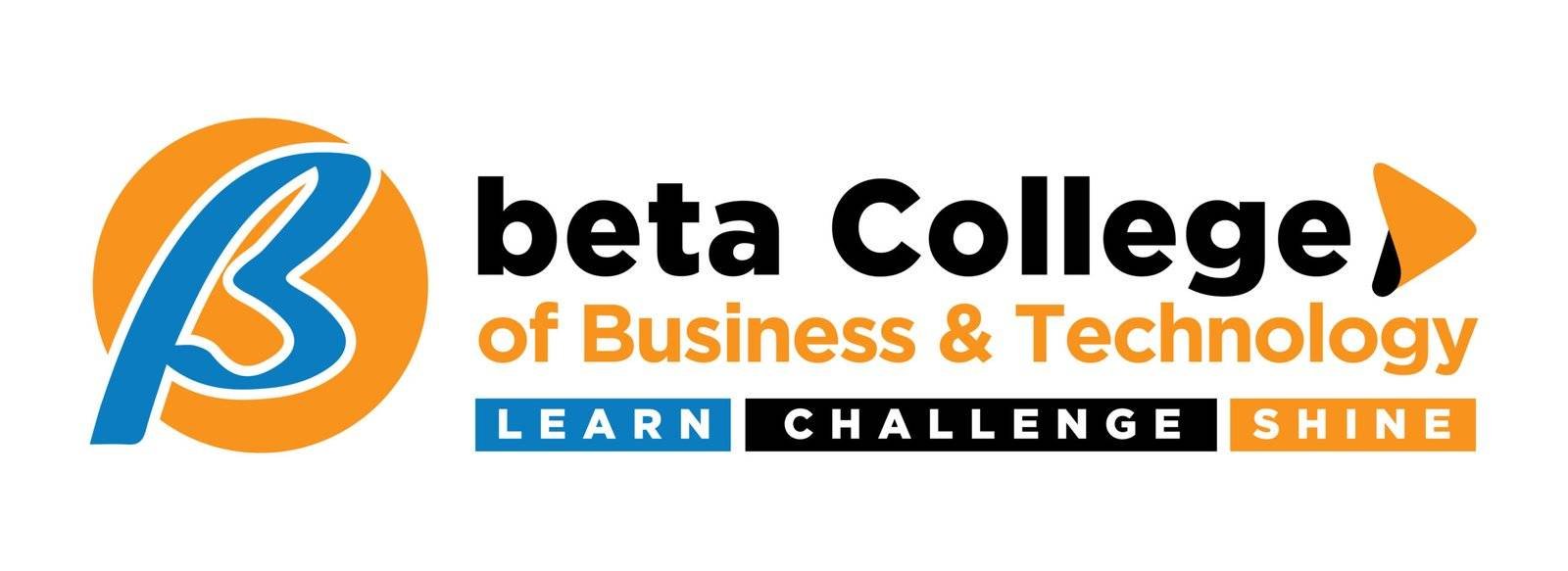In today’s fast-paced and competitive business environment, organizations are realizing the importance of aligning their workforce strategies with overall business goals. This approach, known as Strategic Human Resource Management (SHRM), goes beyond traditional HR functions to ensure that human resources contribute significantly to achieving long-term objectives.
Understanding Strategic Human Resource Management
Definition of Strategic Human Resource Management
Strategic Human Resource Management is the proactive management of employees as assets to drive organizational success. Unlike traditional HR, which focuses on day-to-day tasks like hiring and payroll, SHRM emphasizes creating and implementing HR practices that align with the company’s strategic plan.
The Core Principles of SHRM
- Alignment: HR policies must align with the business’s mission, vision, and goals.
- Proactivity: Anticipating future workforce needs instead of reacting to immediate requirements.
- Integration: Collaborating across departments to ensure HR strategies are interwoven with organizational processes.
Key Objectives of Strategic Human Resource Management
SHRM aims to:
- Foster a culture of continuous improvement.
- Build a skilled and adaptable workforce.
- Enhance employee engagement and retention.
- Align HR metrics with business performance indicators.
Importance of Strategic Human Resource Management
1. Driving Business Growth
SHRM ensures that the workforce strategy is tailored to meet business objectives, helping companies adapt to changing markets and achieve sustainable growth. By identifying key talent needs and aligning them with organizational goals, businesses can efficiently allocate resources.
2. Improving Employee Productivity
By focusing on training, development, and motivation, SHRM helps employees perform at their best, driving organizational efficiency. Regular feedback sessions and personalized career development plans are often part of SHRM efforts.
3. Enhancing Decision-Making
With a strategic approach, HR provides data-driven insights for better decision-making regarding workforce planning and management. This includes analyzing trends in employee performance and turnover to refine policies.
4. Gaining Competitive Advantage
Companies that invest in SHRM are better positioned to attract, develop, and retain top talent, giving them a competitive edge in the market. By fostering a reputation as an employer of choice, organizations can draw high-performing candidates.
Components of Strategic Human Resource Management
Workforce Planning
SHRM involves analyzing current workforce capabilities and predicting future needs to ensure the right talent is in place. By using workforce analytics and forecasting tools, organizations can address skill gaps and prepare for future challenges.
Talent Acquisition and Retention
A strategic HR approach prioritizes hiring skilled professionals and creating programs to retain them. This includes offering career development opportunities, creating a positive workplace culture, and providing competitive benefits packages. Retention strategies also include mentorship programs and clear career advancement paths.
Performance Management
Regularly monitoring and assessing employee performance ensures alignment with organizational goals. SHRM incorporates tools and techniques to track productivity and drive improvement, such as performance appraisals, key performance indicators (KPIs), and continuous feedback mechanisms.
Learning and Development
Investing in employee training programs ensures the workforce stays updated with industry trends and technologies, enabling them to contribute effectively. Examples include leadership development programs, cross-functional training, and e-learning platforms. A commitment to lifelong learning fosters a resilient and innovative workforce.
Succession Planning
Strategic HR prepares organizations for leadership transitions by identifying and nurturing future leaders within the company. This reduces risks associated with unexpected vacancies and ensures business continuity. Effective succession planning involves targeted training and leadership coaching.
Employee Engagement
Engaged employees are more likely to be productive and committed to the organization’s goals. SHRM fosters engagement through recognition programs, wellness initiatives, and creating a sense of belonging. High levels of engagement lead to better teamwork, innovation, and customer satisfaction.
Challenges in Implementing Strategic Human Resource Management
Resistance to Change
Employees and management may resist new HR policies due to fear of the unknown or discomfort with change. Effective communication and change management strategies are essential to overcome this. Leadership buy-in is crucial for driving acceptance.
Lack of Resources
Implementing SHRM requires significant investment in technology, training, and personnel, which can be challenging for smaller organizations. Finding cost-effective solutions and prioritizing initiatives is crucial. Partnering with external consultants can sometimes bridge resource gaps.
Aligning HR with Business Goals
Ensuring that HR strategies are aligned with broader business objectives can be complex and time-consuming. This often requires close collaboration between HR and leadership teams. Regular strategy meetings and clear communication channels can mitigate this challenge.
Measuring Success
Determining the effectiveness of SHRM initiatives involves tracking metrics that may not always be straightforward. Organizations must establish clear performance indicators and regularly review progress. Examples of such metrics include employee turnover rates, engagement scores, and revenue per employee.
Best Practices for Effective Strategic Human Resource Management
- Understand Business Goals: Ensure HR leaders are deeply familiar with the organization’s strategic direction.
- Leverage Technology: Use HR analytics and software to streamline processes and gather actionable insights. Upskilling through a Certification in Human Resource Management course can help HR professionals stay ahead in applying these tools effectively..
- Engage Employees: Foster a culture of open communication and collaboration to gain employee buy-in for new initiatives. Conduct regular surveys and feedback sessions to gauge employee sentiments.
- Monitor and Evaluate: Continuously track the performance of SHRM initiatives to make necessary adjustments. Use tools like Balanced Scorecards and HR dashboards.
- Foster Innovation: Encourage creativity and innovation through diverse teams and inclusive policies. Employees who feel valued are more likely to contribute unique ideas.
Real-World Examples of Strategic Human Resource Management
Google: Innovation through Employee Engagement
Google’s HR strategies focus on creating a culture of innovation by investing in employee engagement programs, flexible working conditions, and continuous learning opportunities. Their data-driven HR decisions ensure alignment with company objectives.
Starbucks: Building a Strong Employer Brand
Starbucks’ SHRM initiatives include comprehensive training programs and benefits that enhance employee satisfaction, contributing to their global success. They focus on creating a positive work environment that reflects their values.
Unilever: Fostering Diversity and Inclusion
Unilever’s SHRM practices emphasize diversity and inclusion. Their proactive approach ensures that employees from varied backgrounds feel valued and contribute to the company’s success.
The Future of Strategic Human Resource Management
As technology evolves, SHRM is increasingly leveraging artificial intelligence and machine learning to optimize HR processes. Predictive analytics helps in workforce planning, while AI-driven tools streamline recruitment and training. Moreover, the focus on employee well-being and remote work solutions is reshaping how organizations approach SHRM.
Additionally, sustainability and corporate social responsibility are becoming integral to SHRM. Organizations are adopting green HR practices and aligning HR strategies with environmental and social governance (ESG) goals.
Conclusion
Strategic Human Resource Management is a vital practice for organizations aiming to stay competitive in a rapidly evolving business landscape. By aligning HR strategies with overarching business goals, companies can enhance workforce productivity, improve employee satisfaction, and achieve long-term success. Implementing SHRM requires commitment, but the rewards far outweigh the challenges, making it an indispensable tool for modern businesses. Organizations that embrace SHRM are better equipped to adapt, innovate, and thrive in the dynamic world of work.



 by Cosmiqe Digital
by Cosmiqe Digital